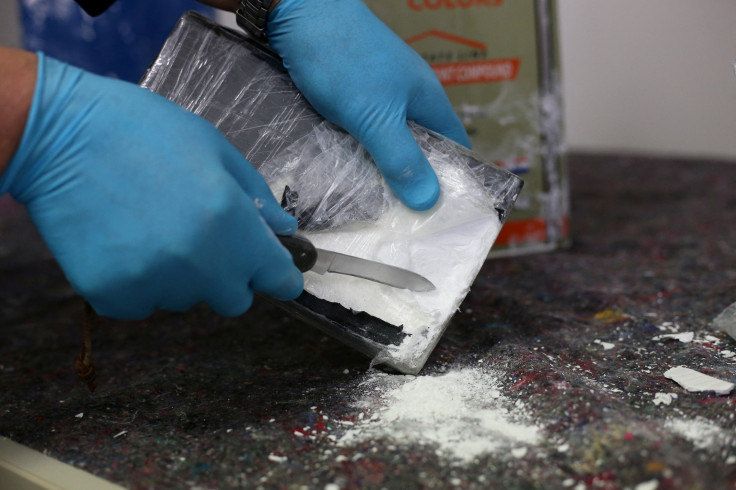Most acute drug toxicity cases are amongst young people in London
Records show that there has been a 75 per cent increase in young people using drugs to improve their mood, with around 80% being male.

New data from the European Drug Emergencies Network (Euro-Den Plus), shows that every year in Europe, thousands of patients are being treated for drug-related poisoning. The insight into hospital emergency departments in cities in Europe, also shows that thousands of people are also being admitted into hospitals for other drug-related harms that require medical attention.
The most recent European Drug Emergencies Network (Euro-Den Plus) analysis studied hospitals in 2021.
The study found that in only two hospitals in London, had seen more than 1,600 presentations of acute drug toxicity. Over 50 per cent of the patients who were being treated for drug toxicity, were under the age of 25.
The two hospitals in London that were studied by the European Drug Emergencies Network (Euro-Den Plus) include Guy's & St Thomas' Hospital and St Mary's Hospital.
Almost 50 per cent (49.9%) of acute drug toxicity cases in London, were caused by cocaine use. Cannabis was the source of 42.8 per cent of the drug toxicity cases. Between 2017 and 2021, the toxic outcomes of cannabis use increased by more than 10 per cent.
Methamphetamine caused more than 35 per cent of the patients to suffer from acute drug toxicity, whereas heroin affected nearly 23 per cent of the patients.
MDMA, new psychoactive substances (NPS), crack, and depressants (Benzodiazepines), each contributed to around 15 per cent of the 1,600 acute drug toxicity cases.
The top five other substances that are also most commonly reported in acute drug toxicity cases include ketamine, synthetic cannabinoid spice, and diazepam.
Dr Paul Dargan Professor of clinical Toxicology @ Guy’s and St Thomas hospital London, UK overview of drug-related ED visits reported to the Euro-Den surveillance network -illicit drugs most common heroin, cocaine, GHB/GBL top 3 (2014-2017) #ACMT2022 @acmtmedtox pic.twitter.com/HwFFGWVWxs
— Timothy Wiegand, MD, FACMT, FAACT, DFASAM (@twtoxmd) March 13, 2022
In 2021, there were also the most severe cases of drug toxicity cases in London. Around 80 per cent of patients admitted to care with a drug toxicity diagnosis were male.
The International Labour Organisation recognises that acute drug toxicity "refers to those adverse effects occurring following oral or dermal administration of a single dose of a substance, or multiple doses given within 24 hours, or an inhalation exposure of 4 hours".
The presence of alcohol was also co-reported alongside other drugs that influence acute drug toxicity in humans. Around 45 per cent of the acute drug toxicity cases across hospitals in northern Europe, involved alcohol. The presence of alcohol in patients in the northern region of Europe included cases in Dublin, London, and Barcelona.
Alcohol has been known to interact with other drugs and increase risks associated with acute drug toxicity, according to the European Drug Emergencies Network (Euro-Den Plus) report.
Experts claim that social media has assisted with the increase in young people using drugs. Advertising drugs, such as fizzy cannabis sweets and other "fun" forms of drugs, to young people via social media platforms has become an increasingly popular marketing strategy amongst drug dealers in the UK.
There have also been reports of drug dealers recruiting younger people on social media platforms. One girl, who is now in her 20s, was exploited and groomed by drug gang members when she was a teenager. The gang got in contact with the teenager through Snapchat.
She told reporters: "He would be quite romantic, quite flirty and just shown a massive interest in me... We'd message 24/7."
She also acknowledged that as a recruited drug dealer, she was seen as more approachable and was used to gain younger customers.
She said: "It was a bit scary at first, but I kind of realised that I didn't look like your typical drug dealer so I could get away with it a bit easier."
The youth charity The Mix reported that since 2021 there has been a 75 per cent increase in young people using substances to increase their mood.
© Copyright IBTimes 2025. All rights reserved.





















